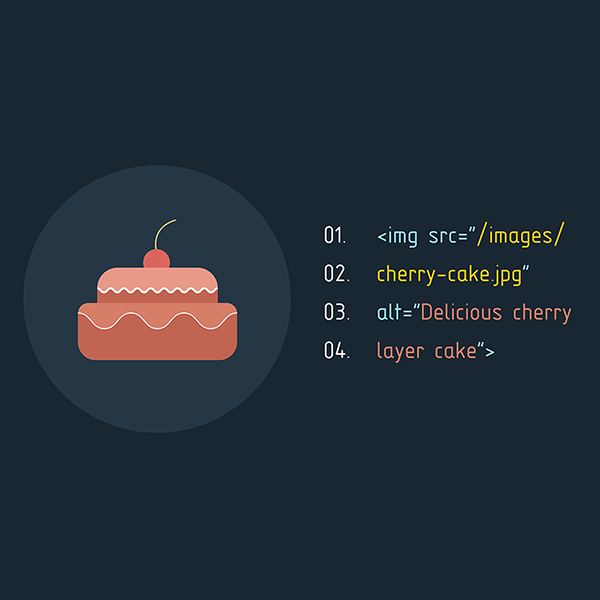
Accessibility isn’t just a “set it and forget it” part of building a website, especially if you’re continuously making updates. It takes ongoing effort to maintain compliance and keep accessibility a regular part of the conversation. That’s where an accessibility statement comes in.
An accessibility statement is a public-facing page on your website that outlines the accessibility features your site offers, your efforts to ensure compliance, and how users can contact you for assistance or feedback.
This page shouldn’t be full of legal jargon, but instead offer straightforward information about your commitment to providing an accessible website experience for all users.
Want to create an effective accessibility statement? In this post, we’ll cover what details to include, best practices to follow, and tips on keeping information up to date.



